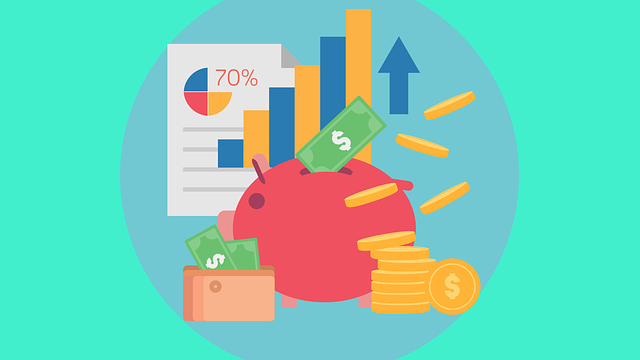Peer-to-peer (P2P) lending has become a popular form of alternative financing for businesses. According to MarketWatch, the U.S. P2P lending industry exceeded $68 billion in 2019. And since then, it’s only grown larger. As a business owner, though, you might be wondering how P2P lending works.
An Introduction to Peer-to-Peer (P2P) Lending and How It Works
 What Is P2P Lending?
What Is P2P Lending?
P2P lending is a form of financing in which multiple investors pool their money together to offer a loan. It’s a relatively new financing method that gained popularity within the past decade. With P2P lending, you can obtain a loan from a group of investors through a P2P lending platform. A P2P lending platform is a website or service that connects individual investors with businesses in need of financing.
How P2P Lending Works
How does P2P lending work exactly? Like all forms of debt financing, it involves a loan. A group of investors will loan you money through the respective P2P lending platform, which you’ll have to repay according to the terms and conditions.
There are no banks with B2B lending. Rather, the P2P lending platform facilitates the exchange of money between the group of investors and your business. Investors can pool their money together to provide your business with a loan through the P2P lending platform.
Advantages of P2P Lending
Since it’s not offered by banks, P2P lending is easier to obtain than traditional loans. You can finance your business with P2P lending without jumping through the hoops required by banks. In many cases, you can obtain a P2P loan with bad credit or no credit. The same can’t be said for traditional loans offered by banks.
P2P loans are unsecured. As a result, they don’t require collateral. You can obtain a P2P loan without providing any collateral to the group of investors. All P2P loans are unsecured, making them a popular choice for startups and other early-stage businesses with few or no assets.
Disadvantages of P2P Lending
 On the other hand, P2P lending isn’t suitable for large businesses. Most P2P loans are smaller than those offered by banks. Even other alternative financing lenders offer loans of larger amounts than that of P2P lending.
On the other hand, P2P lending isn’t suitable for large businesses. Most P2P loans are smaller than those offered by banks. Even other alternative financing lenders offer loans of larger amounts than that of P2P lending.
Interest rates are oftentimes higher with P2P lending as well. As a form of debt financing, you’ll have to pay back the principle of a P2P loan with interest. While interest rates for P2P loans can vary, they are oftentimes higher than those of traditional loans offered by banks.
This article was brought to you by�Intrepid Private Capital�Group�� A Global Financial Services Company. For more information on startup and business funding, or to complete a funding application, please visit our�website.









+ There are no comments
Add yours